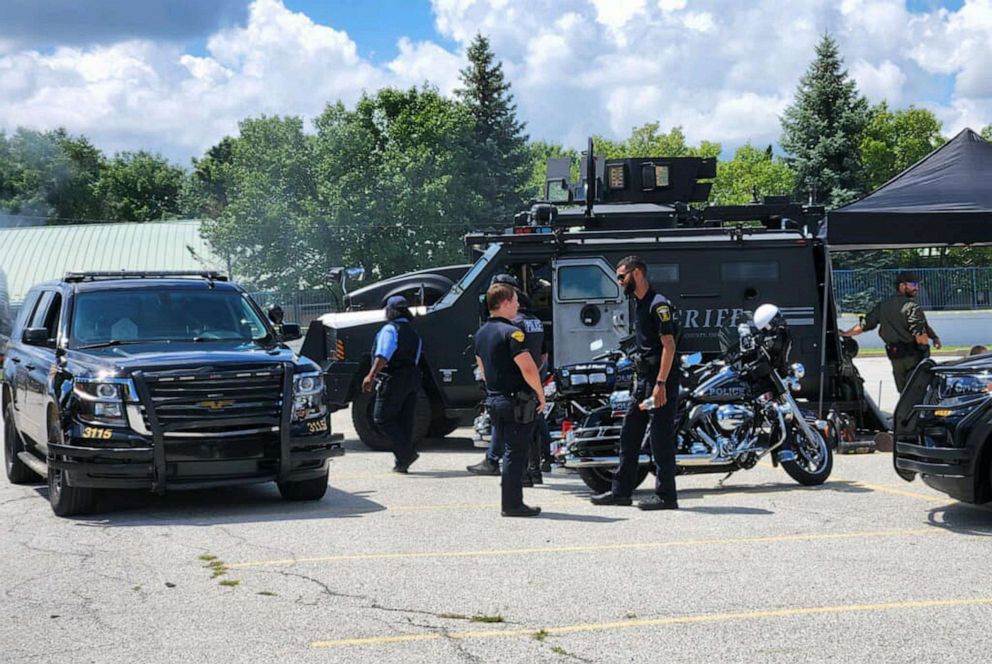Police departments across the United States are experiencing chronic understaffing as a result of retirements, resignations, and a reduction in hires. According to a recent PERF survey of 182 law enforcement agencies, police departments have seen 47% more resignations and 19% more retirements in 2022 than they did in 2019, despite recruiting more officers than in 2020. The resulting shortage may result in departments hiring fewer and less qualified candidates, leaving fewer officers available to respond to emergencies. External scrutiny and reputational harm to the profession have reduced the number of people willing to become police officers. Still, some experts suggest that the reduced applicant pool could have a net positive effect by restricting it to candidates who are willing to address the challenges of modern policing.

However, the shortage of officers has led to bidding wars between departments, with wealthier departments often winning out. Some police departments have changed their internal policies, while others have eliminated services, units, or positions due to the inability to staff their departments adequately. The cost of hiring qualified candidates creates a significant problem for departments with limited budgets. This situation has led to police forces becoming “second-chance departments” as they try to hire more attainable officers seeking a second chance after leaving or being fired by other departments.
Some people have suggested that solving the police staffing crisis, especially in urban areas, requires more spending. They say that increases in salaries and benefits of their officers will make the profession more attractive to qualified candidates. This could include signing bonuses, healthcare benefits, and retirement plans. They also promote Investing in education and training to ensure that they are equipped with the necessary skills to address modern policing challenges effectively. This could include training in de-escalation techniques, implicit bias, and mental health response.
But will more money make policing better? On a per-capita basis, the United States spends more money on law enforcement and criminal justice than similar Western nations. According to a report by the Organization for Economic Cooperation and Development (OECD), the United States spends significantly more on law enforcement and criminal justice than other high-income countries. In 2019, the United States spent $1,345 per capita on law enforcement and criminal justice, compared to an average of $374 among OECD countries. This spending includes not only police departments but also corrections, courts, and other criminal justice services. Vastly outspending our peers, you would expect that we would have the most professional police officers and the lowest crime rates. And yet…